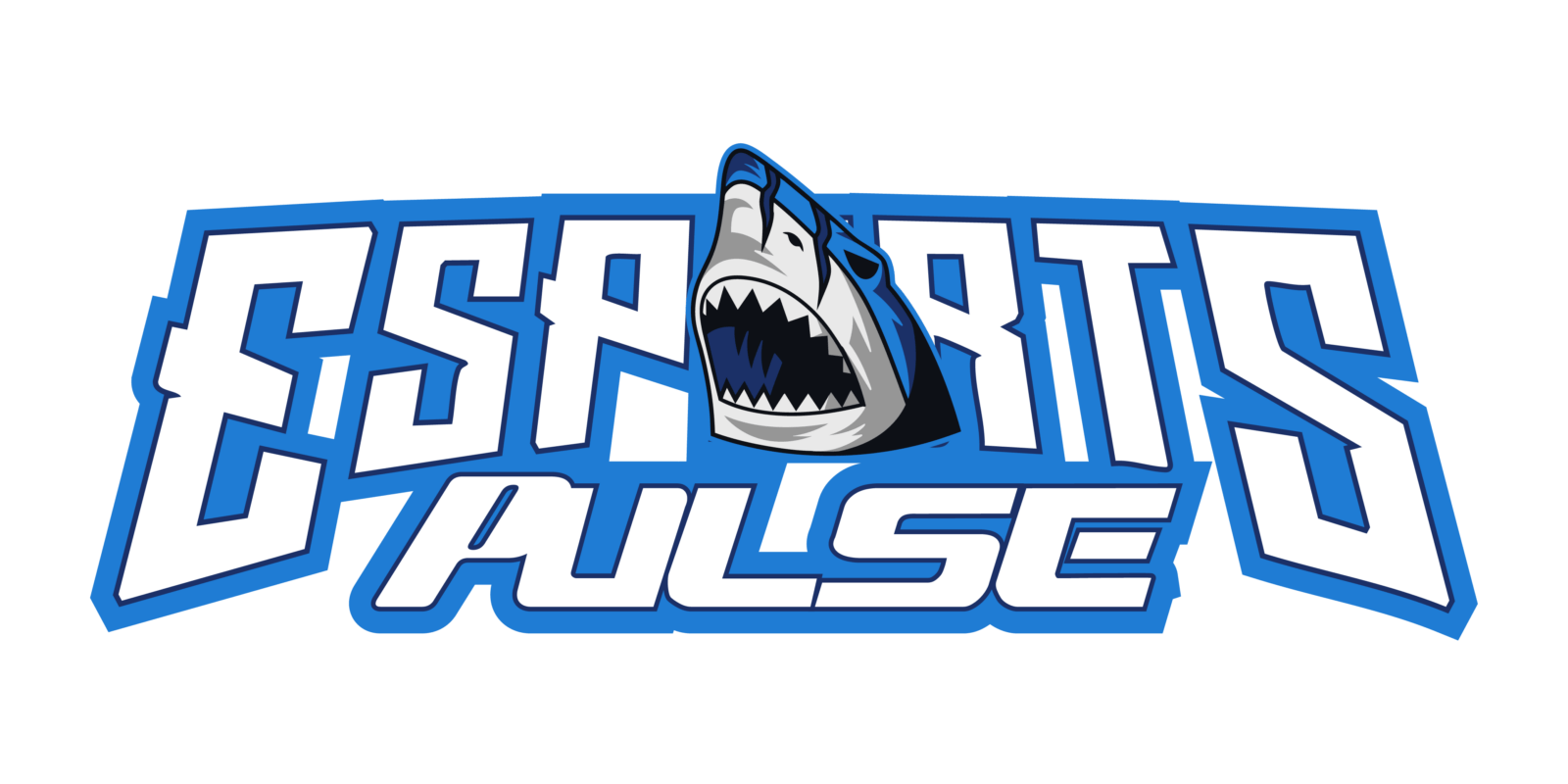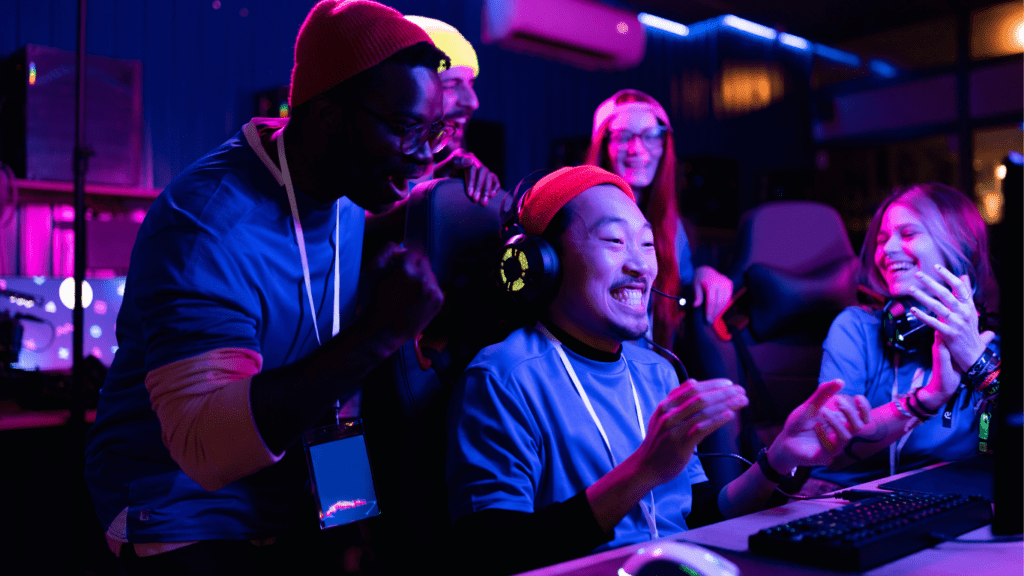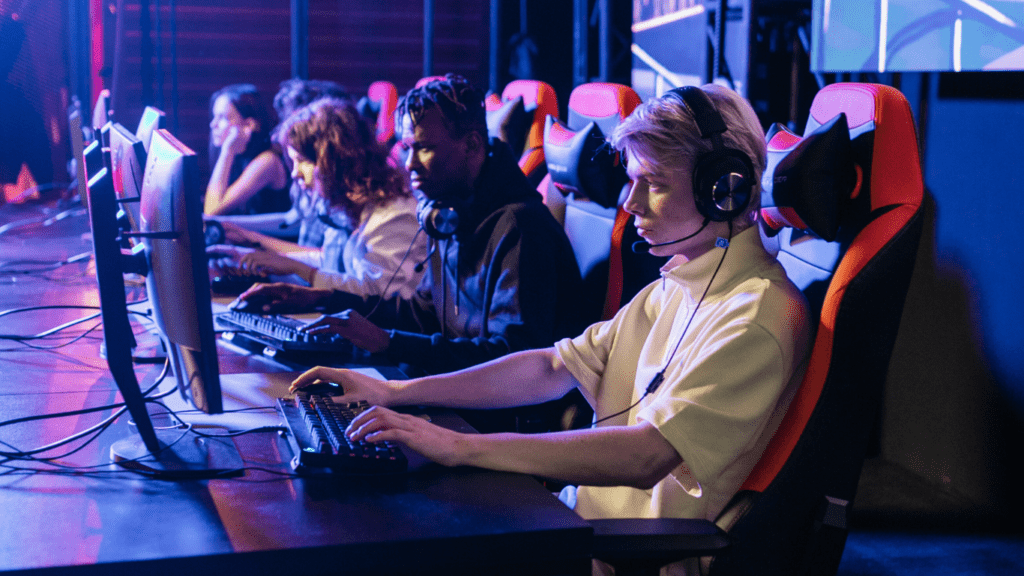There’s nothing quite like the thrill of a well-coordinated team crushing the competition in a multiplayer game. I’ve seen firsthand how the right synergy can turn even the toughest matches into unforgettable victories. But let’s face it—building that level of teamwork doesn’t just happen by chance. It takes strategy, communication, and a clear understanding of each player’s role.
Importance Of Team Synergy In Multiplayer Games
- Team synergy directly influences success in multiplayer games. It ensures players combine their strengths effectively and counter individual weaknesses. Without synergy, even well-coordinated strategies may fall apart under pressure.
- Effective synergy amplifies team performance. When teammates sync their actions, they execute tactics faster and adjust to dynamic in-game scenarios seamlessly. For instance, in first-person shooters, synchronized assaults overwhelm opponents, while in MOBAs, coordinated abilities eliminate enemies efficiently.
- Synergy also builds trust among players. A group that understands each other’s playstyles reacts intuitively to challenges, reducing miscommunication. In battle royales, for example, trusted teammates share resources, strategize rotations, and secure higher placements.
- High synergy minimizes errors during critical moments. Teams with coordinated timing, such as protecting objectives or executing ultimate abilities, maintain control over the game flow. Poor synergy, on the other hand, results in missed opportunities or disorganized responses.
- I focus on fostering synergy as it bridges gaps between varied skill levels, ensuring every player contributes optimally. This dynamic empowers teams to achieve more consistent and rewarding outcomes.
Core Principles Of Effective Teamwork
Effective teamwork forms the foundation for achieving consistent success in multiplayer games. Integrating these principles ensures teams operate efficiently and adapt to evolving challenges.
Communication And Coordination
Clear communication keeps all players aligned on goals and tactics. Using concise callouts like “enemy mid” or “flank incoming” prevents misunderstandings during high-pressure scenarios. Coordination connects communication with action—teams execute synchronized plays like ambushes or objective defenses when everyone is informed and engaged.
Role Assignment And Adaptability
Assigning roles leverages each player’s strengths. For example, in MOBAs, tanks initiate fights while support players heal or shield allies. Adaptability ensures seamless transitions when strategies fail; if a primary damage-dealer gets overwhelmed, another teammate might need to cover their role temporarily.
Trust And Cooperation
Trust between teammates boosts confidence in split-second decisions. In games like first-person shooters, trusting a teammate to watch your flank allows sharper focus on your immediate task. Cooperation reinforces this trust—players sacrifice personal goals, like kill counts, to prioritize overarching team objectives such as capturing key areas.
Key Tactics To Build Winning Strategies

Success in multiplayer games depends on effectively blending player skills into cohesive strategies. I focus on tactics that maximize synergy, ensuring teams outperform through superior planning and execution.
Leveraging Team Strengths
Identifying and utilizing each player’s strengths enhances team efficiency. I assess skills like sharpshooting, crowd control, or resource management to assign roles that complement these abilities. For example, in MOBAs, I might assign a player skilled at tanking to lead engagements while damage dealers secure kills from a safe distance. Synchronizing strengths ensures diverse contributions align with team goals.
Developing Strategic Game Plans
A well-structured game plan prevents disarray during matches. I design plans around the game’s objectives, such as capturing zones or eliminating key targets, while considering map layouts and resource control points. In FPS games with objective modes, I divide responsibilities among sub-teams to ensure simultaneous offensive and defensive support. A clear plan minimizes confusion and allows focused execution.
Adapting To Opponents’ Strategies
Reading and countering opponents’ tactics shifts the game in my team’s favor. I identify patterns in their playstyle, such as aggressive pushes or defensive setups, and implement countermeasures. For instance, in a battle royale setting, I might prioritize ambush strategies after noticing a team’s predictable rotations through specific areas. Adapting dynamically to changing conditions keeps the opposition off-balance and ensures sustained pressure.
Tools And Resources For Enhancing Team Synergy
Using the right tools and resources strengthens team coordination and cohesion in multiplayer games. Both in-game features and external communication platforms can play crucial roles in improving synergy and ensuring optimal performance.
In-Game Features
Game developers often include built-in tools to promote teamwork. Ping systems, for example, allow non-verbal communication to quickly alert teammates about threats, objectives, or suggested movements. In MOBAs like League of Legends, players use pings to mark enemy positions or suggest focus targets, enhancing real-time coordination.
Role queues are another essential feature. They ensure players are placed in matches where their preferred or strongest roles are needed, balancing skill distribution and aligning individual expertise with team requirements. Overwatch’s role queue system is a prime example, where tank, damage, and support players are slotted systematically to maintain team structure.
Team HUD displays, including:
- health bars,
- cooldown timers
- ammo availability
provide critical shared information. In games like Apex Legends, these overlays help teams strategize effectively by understanding each member’s immediate status and limitations. Proper use of these features mitigates confusion during intense scenarios.
External Communication Tools
Third-party communication tools refine team dynamics by enhancing clarity and flexibility. Discord, for instance, offers voice channels, customizable servers, and text chats, creating dedicated spaces for gaming groups to organize strategies before and during matches. Voice clarity and integration with various devices make it a go-to choice for many communities.
Dedicated team management platforms like Guilded offer features for scheduling practice sessions, forming competitive teams, and tracking performance metrics. These platforms provide long-term solutions for groups looking to consistently improve and maintain high levels of synergy.
Overlay communication tools such as TeamSpeak or Mumble allow advanced audio configurations and low-latency performance, crucial for real-time critical calls during fast-paced games. FPS players benefit from their stability, ensuring no input is delayed or missed.
Using the right mix of in-game and external tools allows teams to eliminate technical barriers, promote cohesive play, and maximize their strategic potential.





